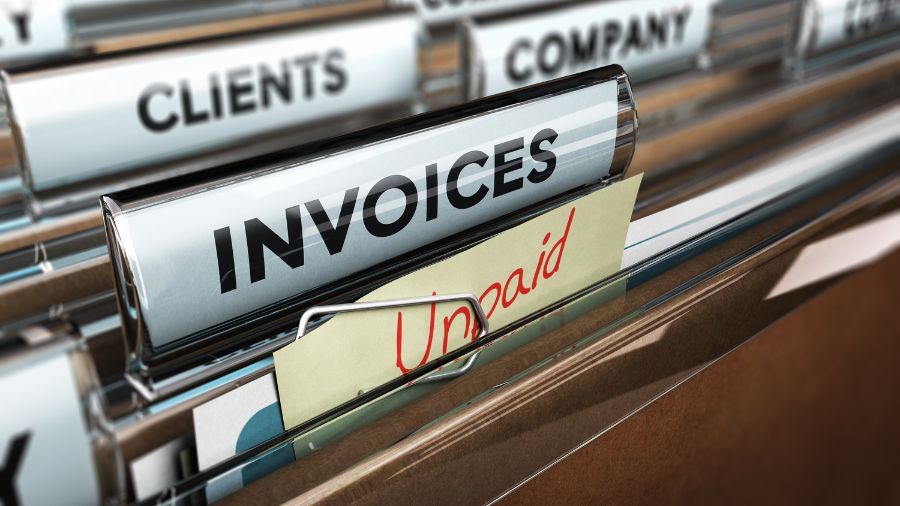Learn how to deal with changing sales tax rates and outstanding invoices. Discover how to collect outstanding invoices while informing your clients of a change in tax rate.
Obviously, the hope is that your clients pay their debts on time and that you don’t reach the stage where you need to send outstanding invoices. That said, it’s your responsibility to follow up on unpaid invoices. The customer is responsible for the amount due on an outstanding invoice, as well as new charges on the invoice.
When dealing with an upcoming sales tax rate change, you may complete the following steps to obtain an outstanding invoice.
- Inform the delinquent customer of the tax rate change and the date it is to occur, and offer the option of immediate payment to avoid the extra charge.
- If the customer doesn’t pay, add a line item to the invoice detailing the additional tax due with the additional tax change. Imagine the pretax amount due is $10,000 and the initial sales tax was charged at (8%), a total of $800. If the sales tax increases by 1%, the new amount due is $10,900. Simply put, you need to add the initial sales tax and the change in sales tax to the pretax amount due before you obtain the new amount.
- As a responsible and ethical entrepreneur, you may want to remind the customer again of the option to pay early. This is a creative way to show your customers that you care. On one hand, if the customer declines to pay, you may issue the new invoice reflecting the sales tax rates. On the other hand, you may want to take the extra tax added as a loss on all outstanding invoices to ensure that customers pay exactly what was due at the time when their invoices were generated. Let your customers know that you paid for the extra charges, but remind them that they will need to cater for such tax changes in the future.
At the end of the day, you want to reduce your expenses and get more profits. QuickBooks Online can help you maximize your tax deductions. Keep more of what you earn today.



